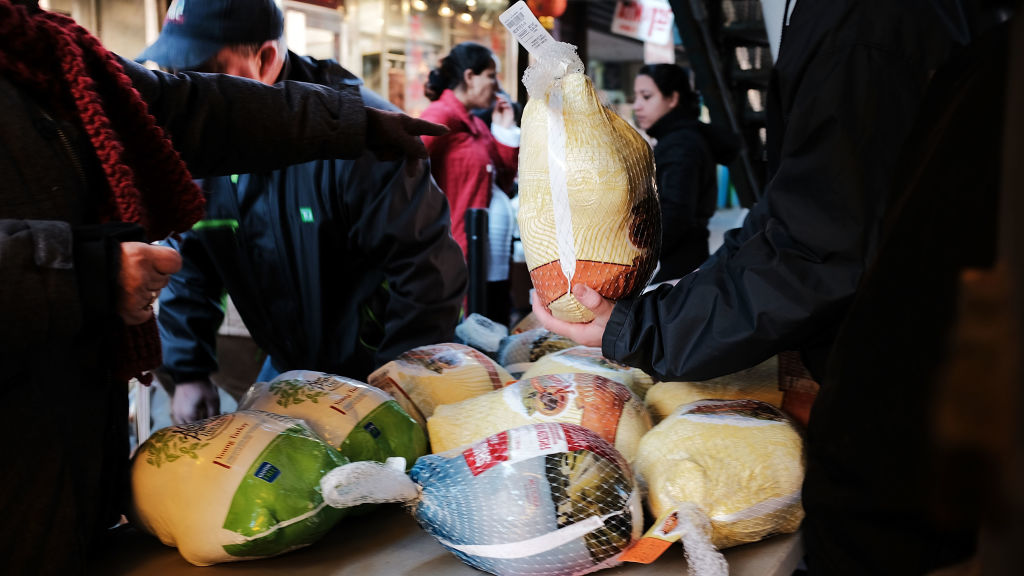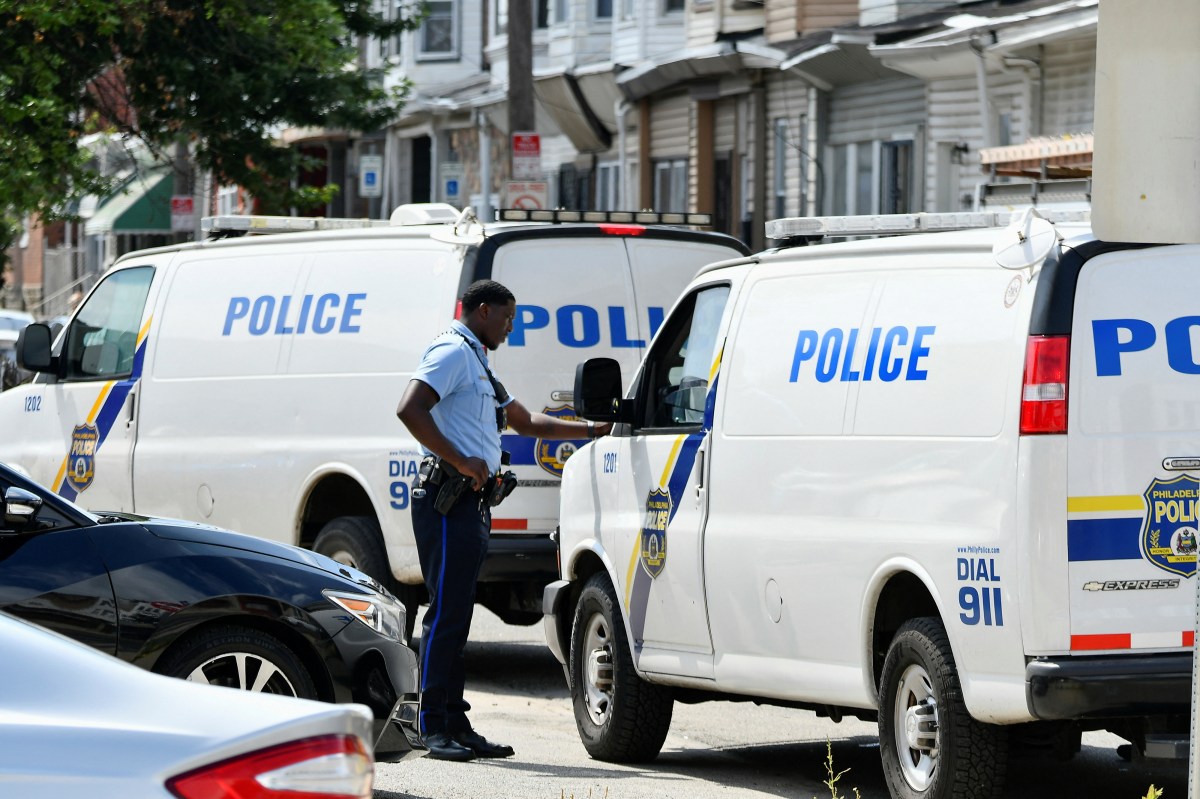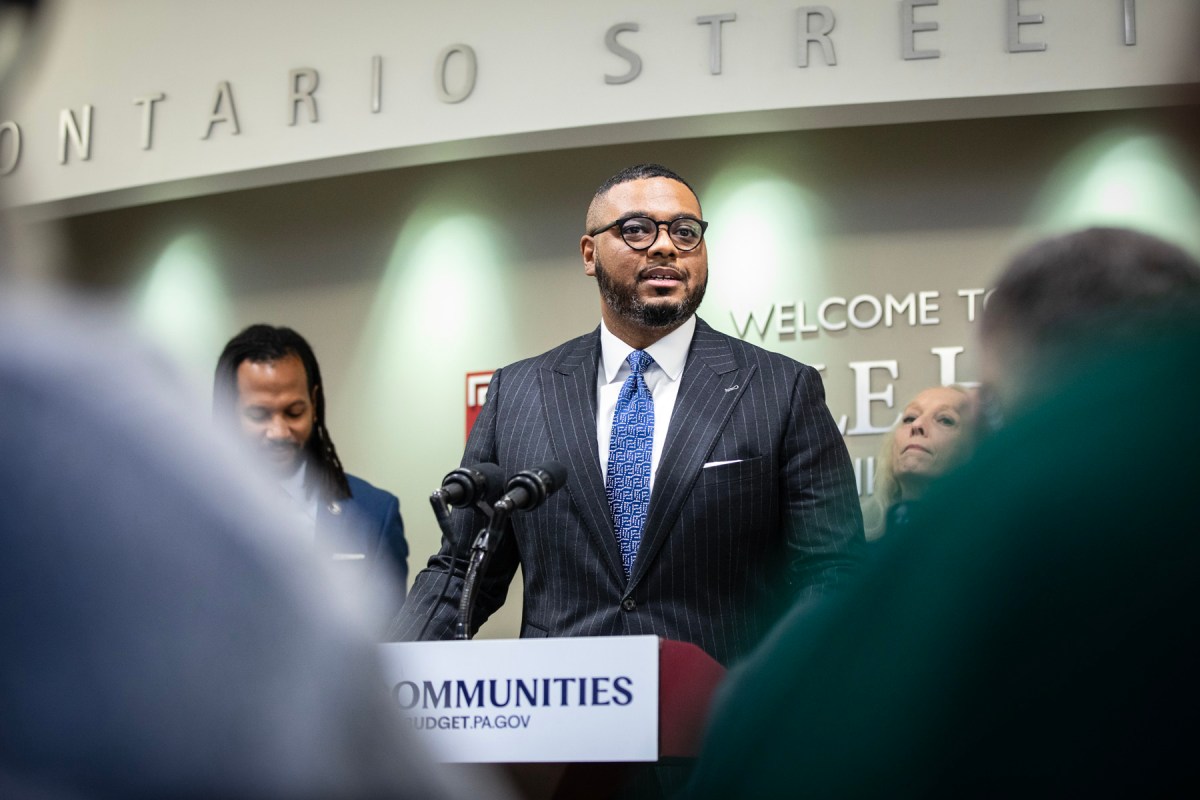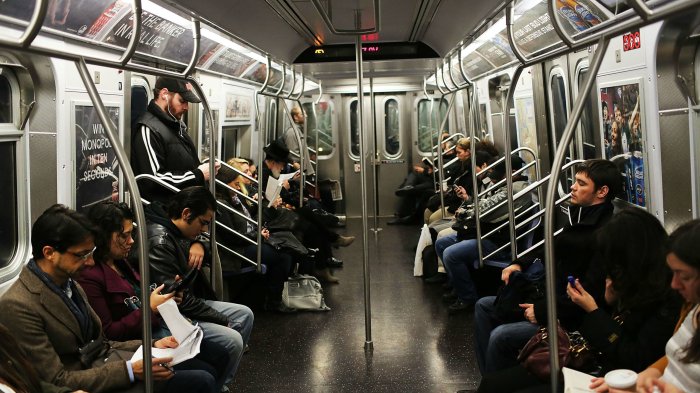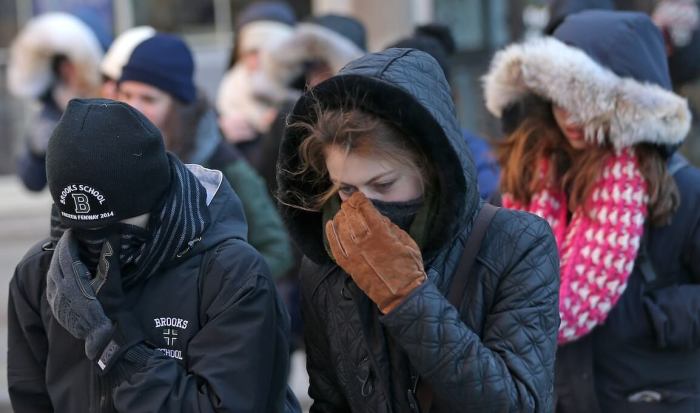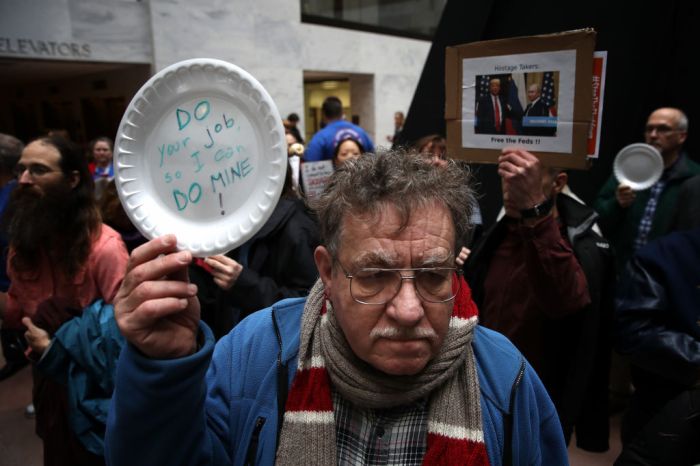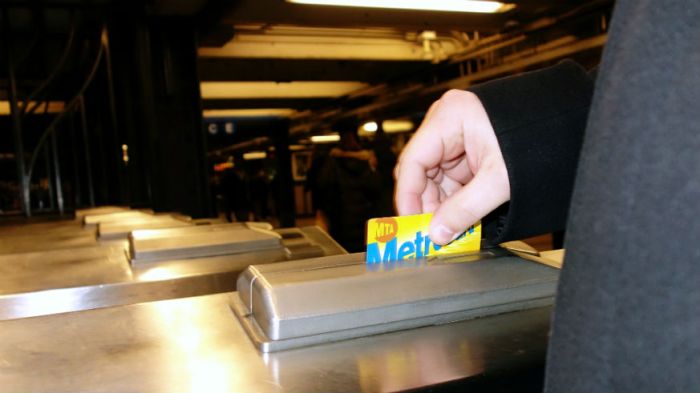New York City food pantries and soup kitchens are struggling to feed a growing number of hungry New Yorkers, according to new data from Food Bank for New York City.
Food Bank for New York City, a nonprofit with a network of nearly 1,200 emergency food providers throughout the five boroughs, released on Monday an analysis of the hunger crisis here, based on feedback from 735 leaders from city soup kitchens and pantries.
Those New York City food pantries and soup kitchens are seeing longer lines as more residents turn to these resources.
Nearly 80 percent of these institutions have seen an increase in traffic over the last five years, according to the Food Bank for New York City analysis, and of those, 40 percent say their number of visitors has increased by more than half.
The influx of first-time visitors, senior citizens and families with children has put a strain on New York City food pantries and soup kitchens, with 54 percent reporting that they’ve running out of food and 29 percent saying they’ve had to turn people away for lack of food.

“This snapshot describes what we’re seeing right now on the front lines and comes directly from the men and women most intimately involved in ending hunger across the five boroughs,” said Food Bank For New York City President and CEO Margarette Purvis in a statement.
“Our survey’s findings make it clear that in the 35th year of the city’s emergency food network, the perceived profile of reach and capacity of the neighborhood soup kitchens has completely changed,” she added. “The majority of soup kitchens and pantries are forced to punch above their weight class, serving in most cases at least two boroughs outside of their own. It is the greatest indicator of growing need in our city and a requirement for families to try harder to make ends meet.”
New York City food pantries and city budget
Not only are these New York City food pantries struggling to feed more people, it’s getting more expensive to feed just one person. The average cost of a meal has increased 27 percent across all boroughs and 46 percent in Manhattan alone, according to Food Bank for New York City. Food Bank for New York City supplies food for more than 62.5 million meals every year.
Nearly half of the city’s soup kitchens and food pantries have an operating budget of under $25,000 a year. More than half work to feed New Yorkers with a non-paid staff.
New York City Council Speaker Corey Johnson has made more funding for the city’s emergency food program a priority over his career. This year, as the council and mayor were hashing out the city budget, the council decided to raised the amount of money set aside for the program by $8.7 million — above Mayor Bill de Blasio’s suggested $8 million.
That brought the total Emergency Food Assistance Program budget to $20 million annually, but in the face of the Food Bank for New York City report, will that be enough?
“Food Bank for New York City’s latest analysis reveals we still have a lot more work to do to close the meal gap,” Johnson said in a statement to Metro. “I’ve always said it is imperative to strengthen this city’s social safety net. Let’s face it; there is nothing, literally nothing more important than food.”

